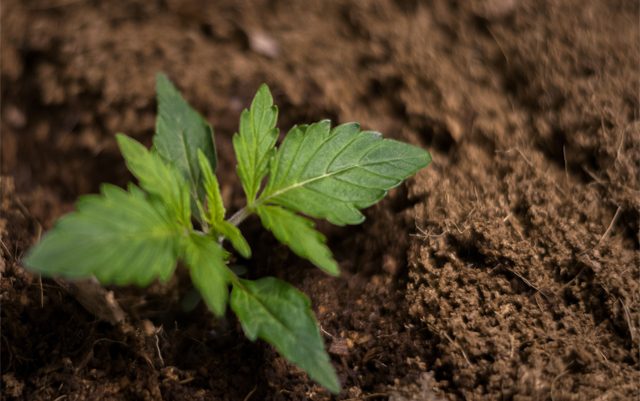You probably think you know why we call local law enforcement officers “cops“, right? Brits might guess it’s an acronym for “Constable On Patrol”, while New Yorkers are convinced it has something to do with the shiny red copper metal helmets, badges or uniform buttons of colonial era patrolmen. It’s actually slang from the mid-1800’s for capturing someone and taking them into custody; we still exercise a form of this usage today when we take or “cop” a plea.
Anyway… copper (Cu) is abundant in the earth’s crust and occurs both as a pure metal and in many salts and compounds. So useful is this element that mining can barely keep up with industrial demand for the raw material. All life forms require copper for basic chemical building blocks, yet copper is also an effective anti-microbial and fungicide and ironically, a useful physical barrier against snails and slugs on land as well as barnacles underwater on boat hulls. I say ironically because, while most higher order animal life transports oxygen in a red-colored bloodstream with iron based hemoglobin, the more ancient mollusks and some arthropods evolved earlier using copper-based hemocyanin, giving them a blue-colored blood. I wonder if that’s where Star Trek creator Gene Roddenberry got the idea for Spock the Vulcan to have copper-based green blood? Note that copper oxidizes green, like the patina of the Statue of Liberty.
Cannabis and all land plants require copper to build the blue-colored protein plastocyanin, which is an essential enabler of photosynthesis due its role in the transfer of electrons. As you might expect, copper deficiency in cannabis is rare but really serious. Shut down photosynthesis and you shut down the whole plant. Symptoms are obvious and alarming – the general appearance of a dying cannabis plant including limpness of new growth, slight chlorosis not quite to the point of yellowing but a paling of the overall green on the leaf surface, and some strains might even exhibit a faint blue or metallic sheen and an almost complete loss of color due to bleaching on the underside of leaves accompanied by some curling.
The droopiness symptom presents because copper is needed to activate certain enzymes associated with the production of lignin, a woody substance which stiffens cell walls. A reduction of structural and defensive lignin can leave cannabis susceptible to powdery mildew as well. Copper deficiency will stunt, delay or entirely prevent flower bud formation. Copper is not a mobile nutrient within the cannabis plant and so cannot be scrounged from senescent leaves to provide for new growth, so roots may become overgrown as they search in vain for sources of copper. Excess iron or phosphorus in the soil can inhibit uptake of copper.
Plants don’t take up very much copper annually, as essential as it is, so once you’ve supplemented deficient soil with 10 to 15 pounds per acre you are likely good to go for multiple seasons, perhaps even decades. Water soluble copper sulfate, which is 25% copper, is inexpensive and the most common form of copper fertilizer. Use 40 to 60 pounds per acre to get those 10 to 15 pounds of copper applied. For hydro, adding small amounts of copper EDTA chelate to your nutrient solution is an inexpensive fix if your mix does not already include this vital trace element. Kelp and compost are two reliable organic sources of copper for your cannabis as well. Even the use of copper piping in your irrigation plumbing, or a few copper coins in the reserve tanks could provide enough dissolved copper to keep cannabis healthy. Beware of reverse osmosis water purification systems, which remove everything including copper. As always, test your pH in order to rule out lock-up at the first sign of an abiotic disorder. Flush to cleanse, adjust pH and re-formulate fertigation; if caught in time new leaves will grow with health and vigor. Older leaves, however, will not recover normal appearances.
Too much of a good thing can be deadly as well, especially in hydro. Remember that some fungicides rely on copper as an active ingredient. Symptoms include stunted roots and leaf tip burn. If cannabis leaf tissue analysis results reveal more than 25 ppm of copper, toxicity was almost certainly the issue.
Any advice and opinions about the cultivation of Cannabis offered by Bruce N. Goren are his own and do not represent the University of California or the Master Gardener Program.






